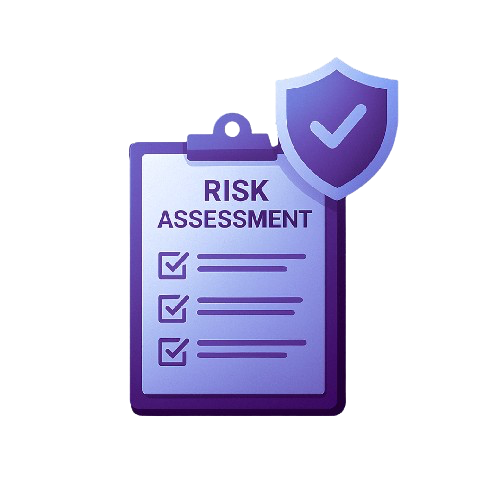Risk Assessments
Understand what a security risk assessment is, why it matters, and how Careful Security delivers business-aligned, compliance-ready results.
What Is a Security Risk Assessment and How Can It Strengthen Your Compliance Readiness?
A security risk assessment is the foundation of every mature cybersecurity and compliance program. It’s how organizations identify their most critical vulnerabilities, across people, processes, and technology, and quantify the potential business impact if those risks were exploited.
Unlike technical scans or audits, a risk assessment goes beyond tools and reports. It connects real-world threats to business priorities, helping you understand your true risk posture, prioritize what matters most, and align security investments with your goals.
At Careful Security, we simplify this process into a clear, actionable roadmap that strengthens your compliance readiness for ISO 27001, SOC 2, HIPAA, and beyond all in a matter of weeks.


What a Security Risk Assessment Involves
Gap Analysis: Review your current environment, policies, and controls.
Risk Roadmap: Identify and rank risks based on likelihood and impact.
Implementation & Monitoring: Build and track remediation plans.
The result: a living risk register and roadmap that helps leadership focus on what truly matters — not a static report.
When and Why to Conduct a Risk Assessment
Organizations should perform a comprehensive risk assessment:
Annually, as part of ongoing compliance
After major infrastructure changes or cloud migrations
During M&A or vendor integrations
In response to new regulatory or customer requirements
Each assessment keeps your security posture aligned with evolving business risk and compliance needs.


Common Challenges Companies Face
Treating the risk assessment as a checkbox exercise
Failing to link technical risks to business outcomes
Missing input from non-technical stakeholders
Inconsistent prioritization or lack of ownership
The Careful Security Risk Assessment Framework
Our 3-step model transforms complex risk analysis into an efficient, repeatable process:
Phase 1: Gap Analysis — Evaluate your controls, documentation, and current risk posture.
Phase 2: Risk Roadmap — Prioritize and visualize your top threats and recommended mitigations.
Phase 3: Implementation & Monitoring — Remediate issues, track progress, and align with compliance frameworks.
.avif)
.avif)
.svg)
.svg)
.svg)